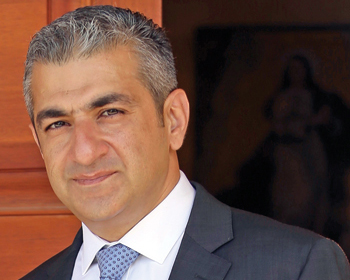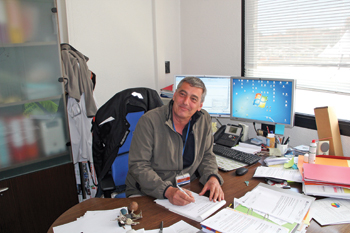
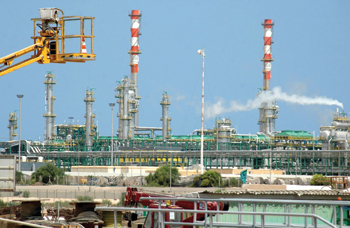 Libya output has normalised recently
Libya output has normalised recently
THE CEO of Saudi Aramco has said that his company would not consider cutting production because of Libyan production coming onstream.
Khalid Al Falih, speaking on the sidelines of the recent ONS conference in Stavanger, Norway, said that was not his company’s intention.
“No, of course not,” he said. “We respond to markets.”
Four days ago a spokesman for Libyan state-owned National Oil Corp said oil production continued to ramp up in the country, reaching a new high of 615,000 barrels per day (bpd).
Producers have been able to increase output after exports finally resumed from the eastern ports of Es Sider and Ras Lanuf.
Libya’s oil sector seems to be on the road to recovery now the country’s export terminals are all back under state control and operational.
Al Falih said he could not discuss indications of August and September production, currently at around 10 mbpd.
On August 11, Saudi Arabia told Opec it boosted crude production to 10.005 mbpd in July, up 225,000 bpd from June and the highest monthly level since September 2013, when Riyadh told the oil producer group it pumped an average of 10.123 mbpd.
The July figure also marked the first time Saudi production had been above 10 mbpd since September last year.
Earlier, Al Falih, in a speech to the conference, said his group was committed to spending huge amounts with an eye on production capacity.
The CEO said Aramco was diversifying across the value chain and increasing its global footprint.
“And even as many majors globally are retrenching, we will be investing to build a vertically and horizontally integrated top tier downstream business,” he added.
Al Falih said that at a global macro level, continued weakness was hindering short-term growth in oil demand, while there was continuing turmoil in oil producing regions such as Africa, the Middle East and the former Soviet Union.
“The factors I have just highlighted are likely to put downward pressure on supplies over the long term if the industry fails to make prudent and timely investments,” the CEO said.
“For now, however, the market for some reason is shrugging them off and prompt prices are deflected with weaker demand and oversupply.”
Nonetheless, he said, a balanced view needed to be taken of an industry that had shown resilience in the past.
Among bullish factors, over the next two decades world primary energy demand is set to grow by more than a third from current levels. At the same time, alternative energy sources, despite facing multiple obstacles, were beginning to grow, he said.
But even as alternative energy sources began to make inroads and with today’s moderate oil growth, the longer-term oil outlook was fairly healthy, he said.
“Looking at the supply side, many developed fields around the world are becoming increasingly mature and offsetting their observed decline is not at all a trivial challenge,” he said.



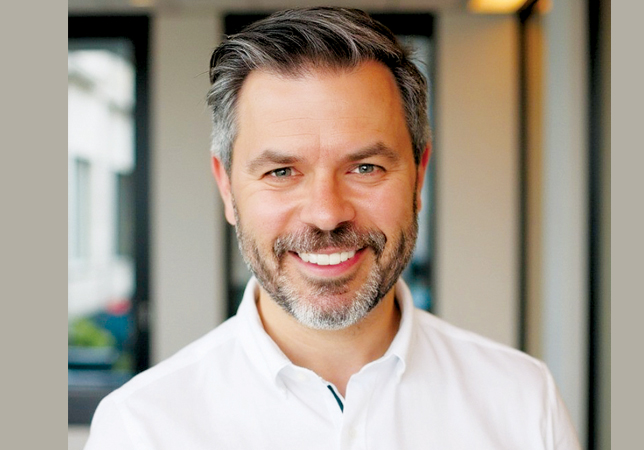

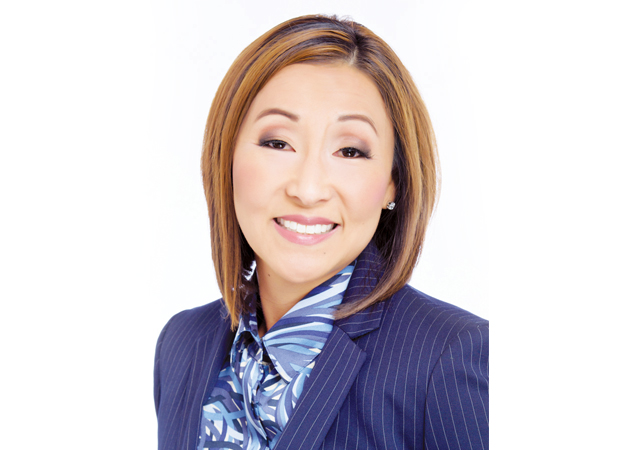
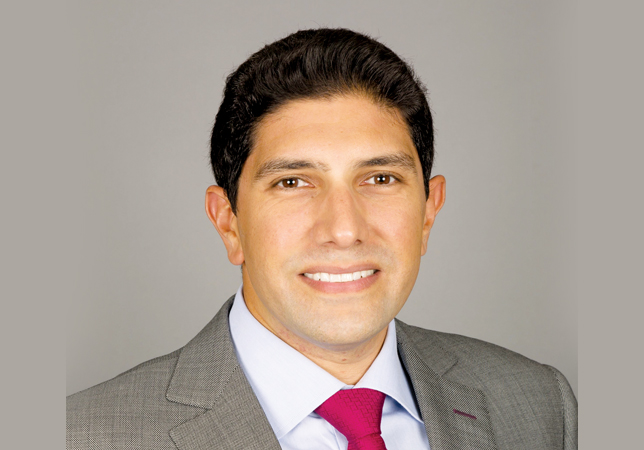



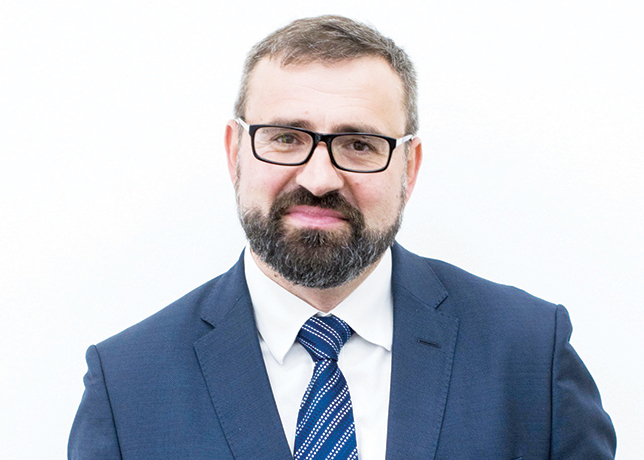
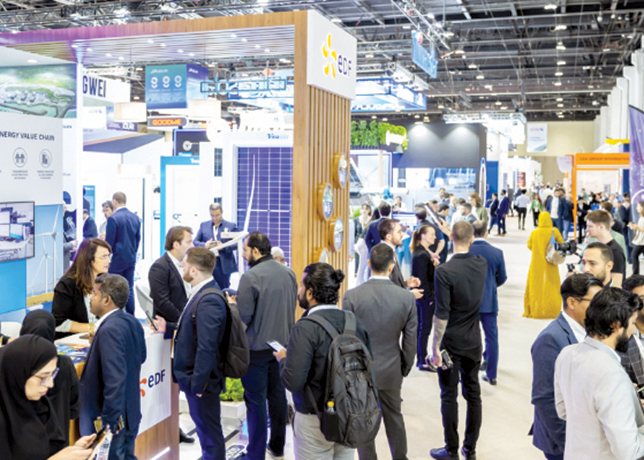
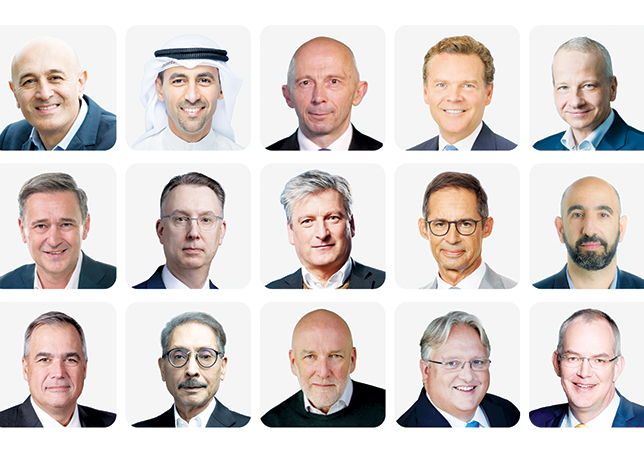


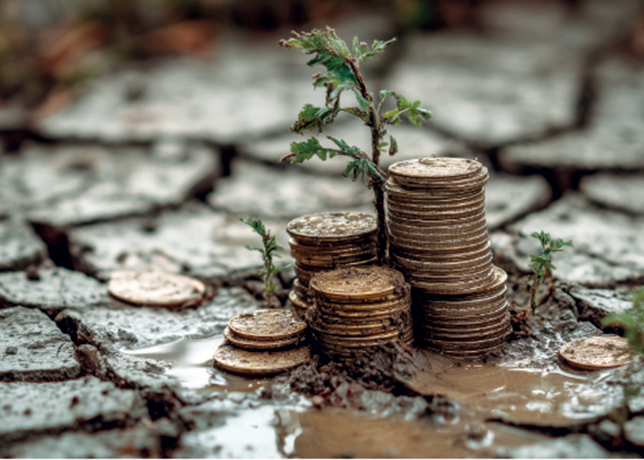

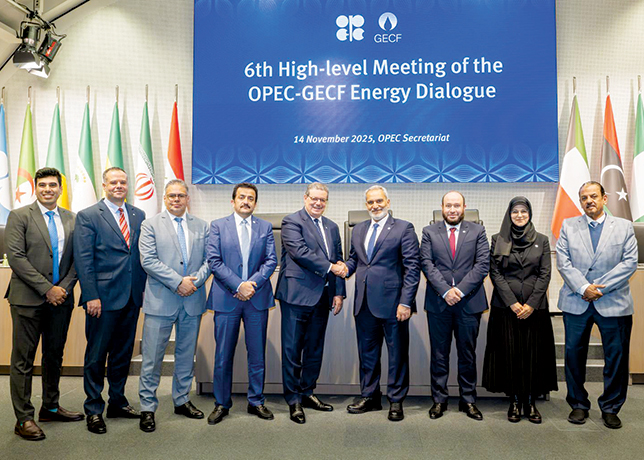



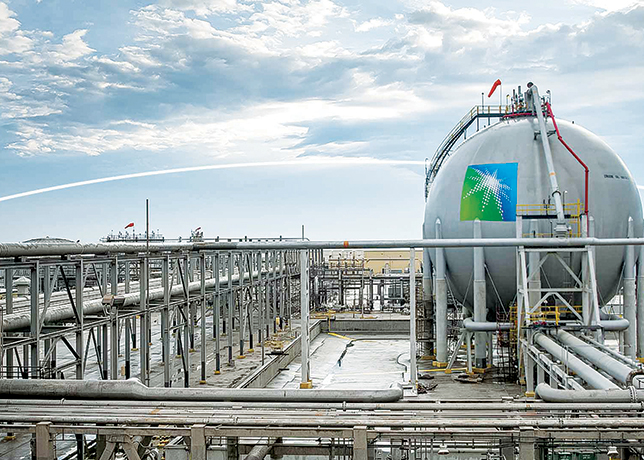







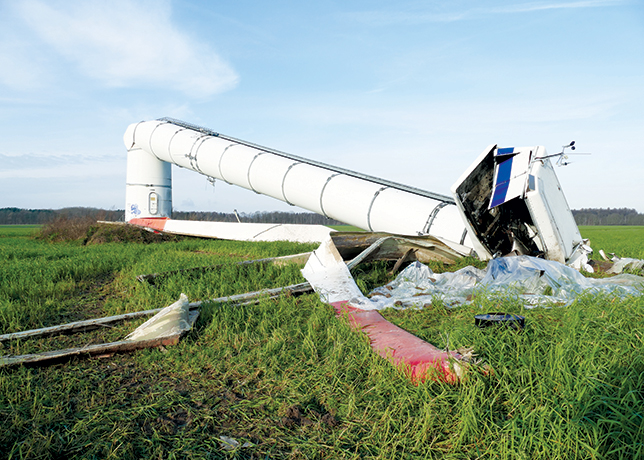
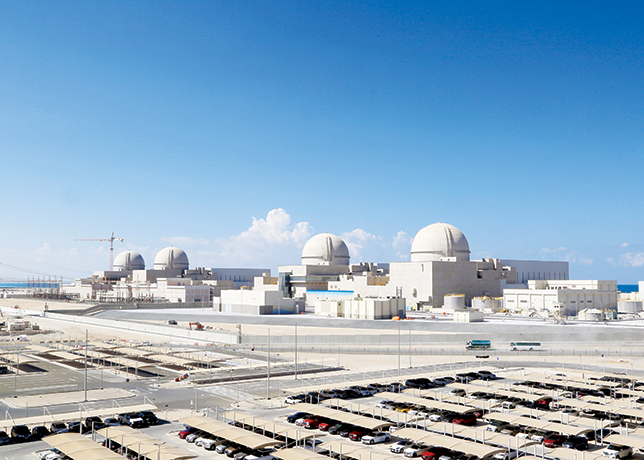


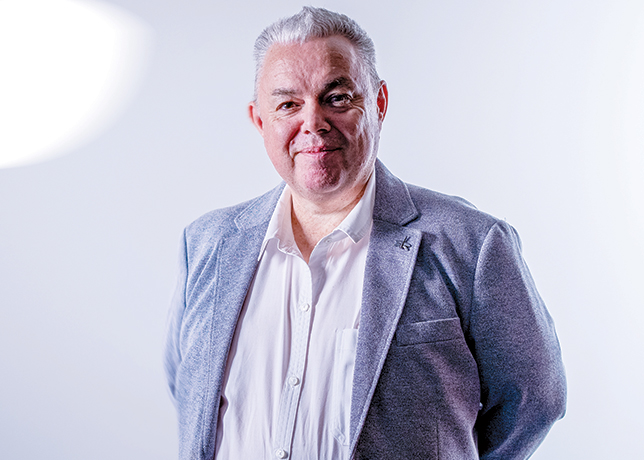



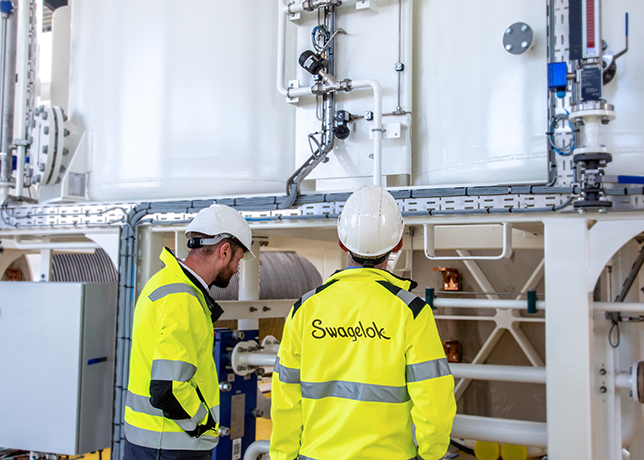
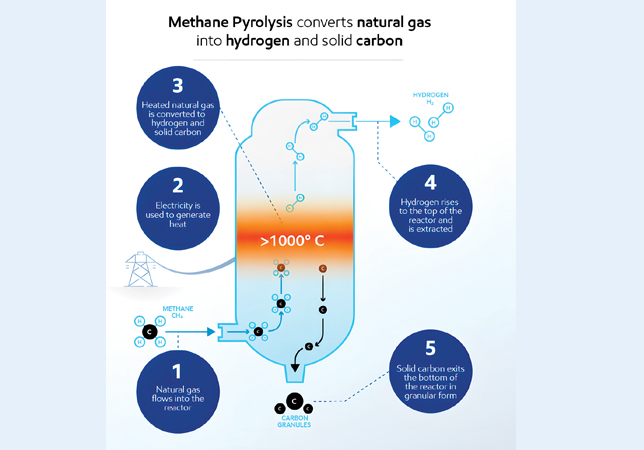

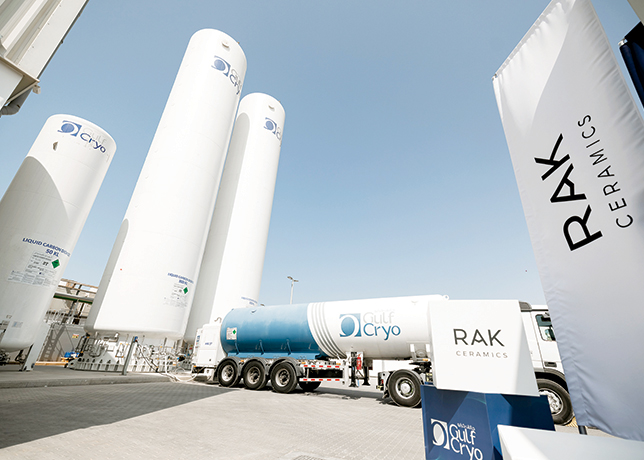


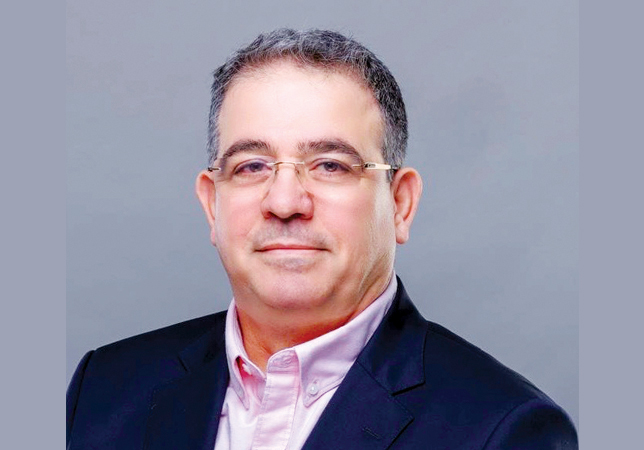
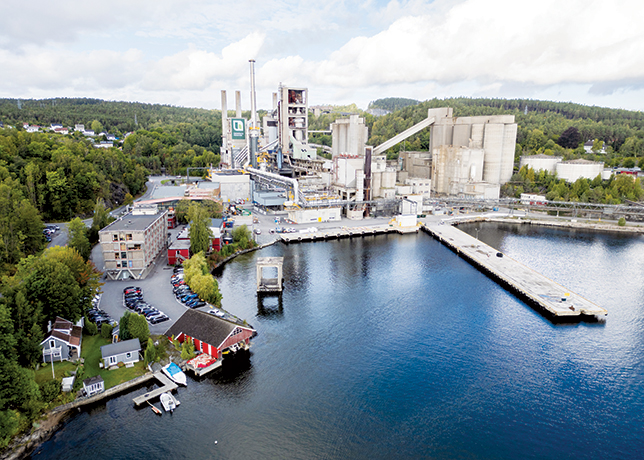

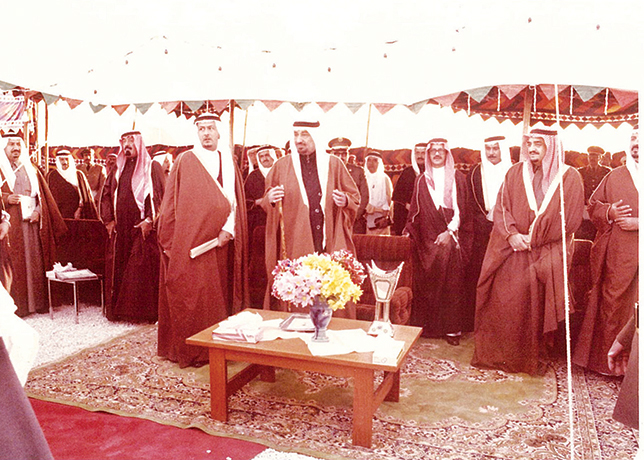



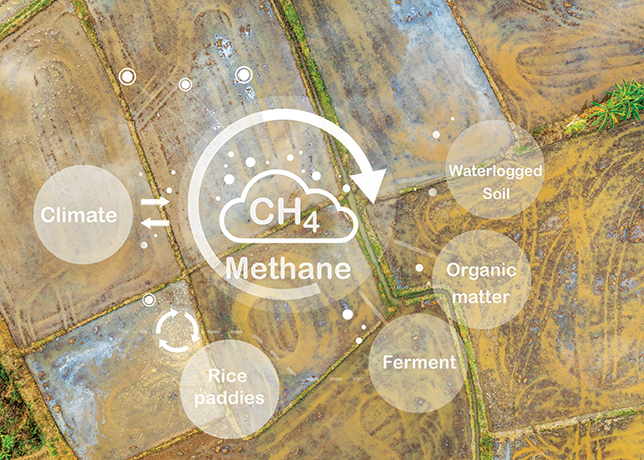
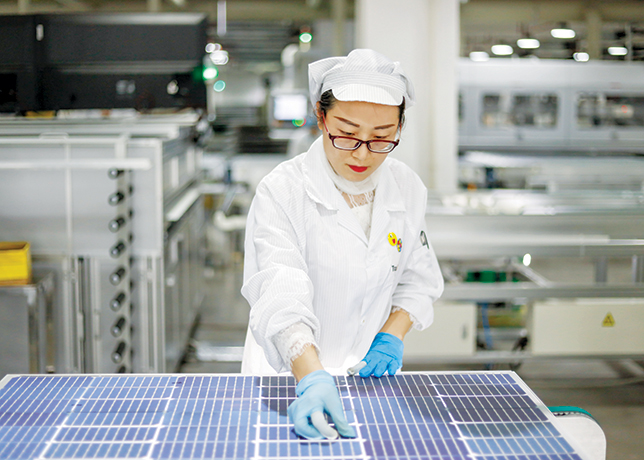
























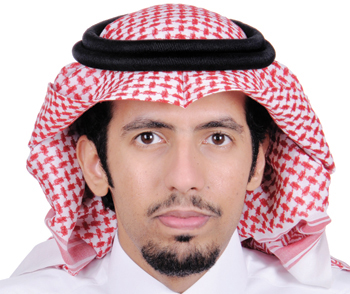
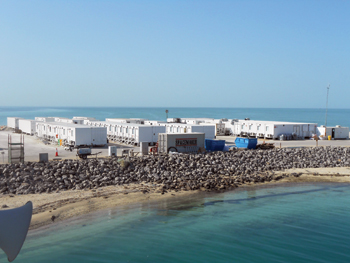
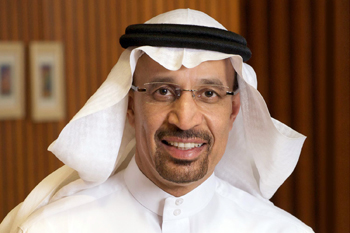

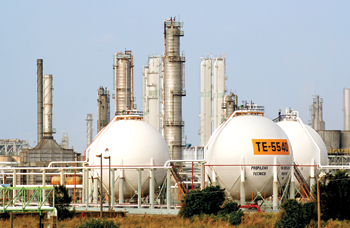

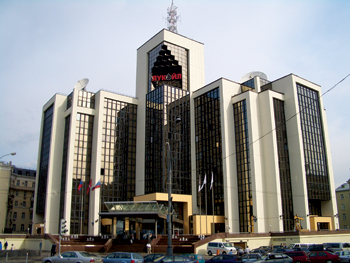
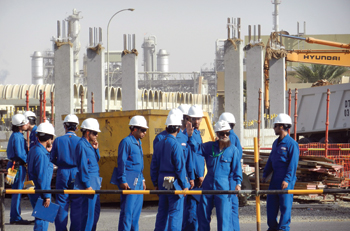
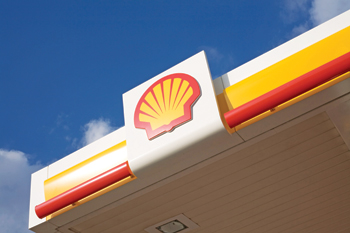


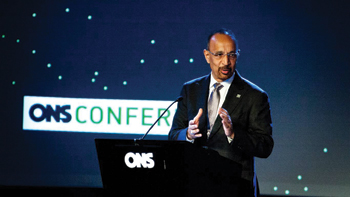
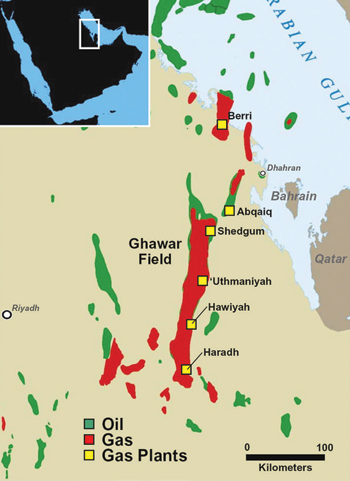
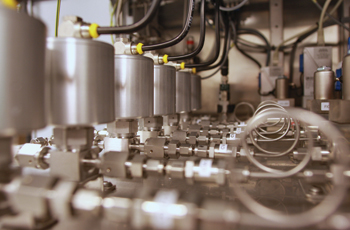



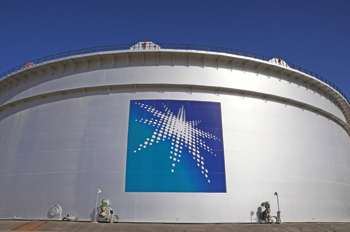
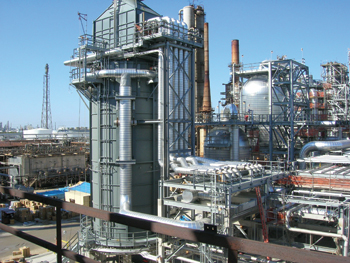
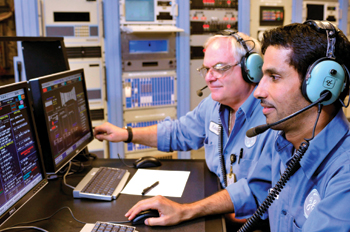
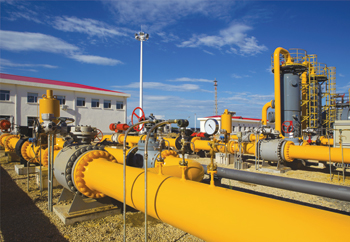


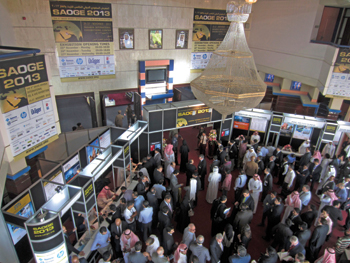

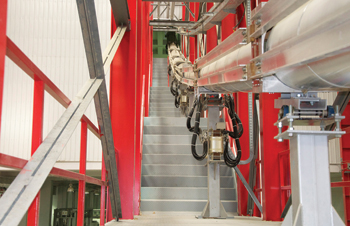
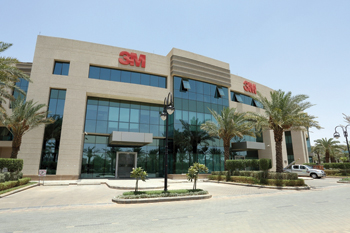
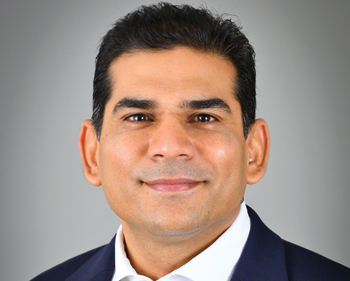
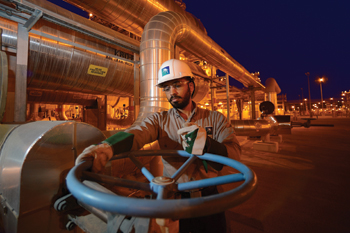
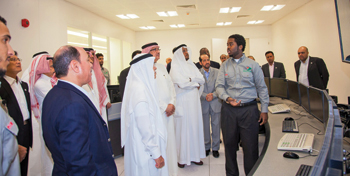

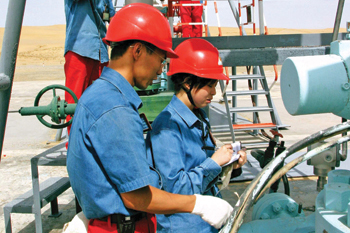


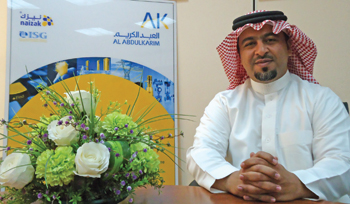
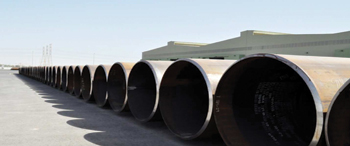
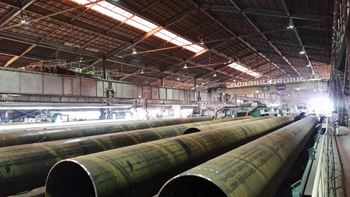

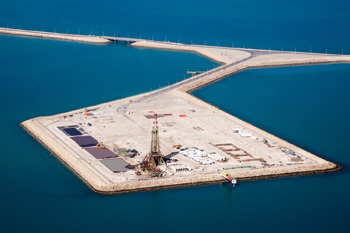
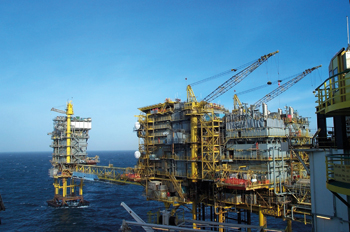
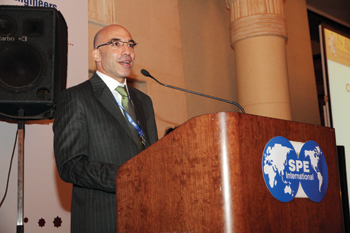
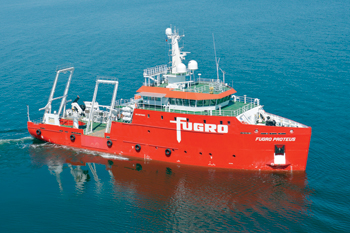
-(3).jpg)
